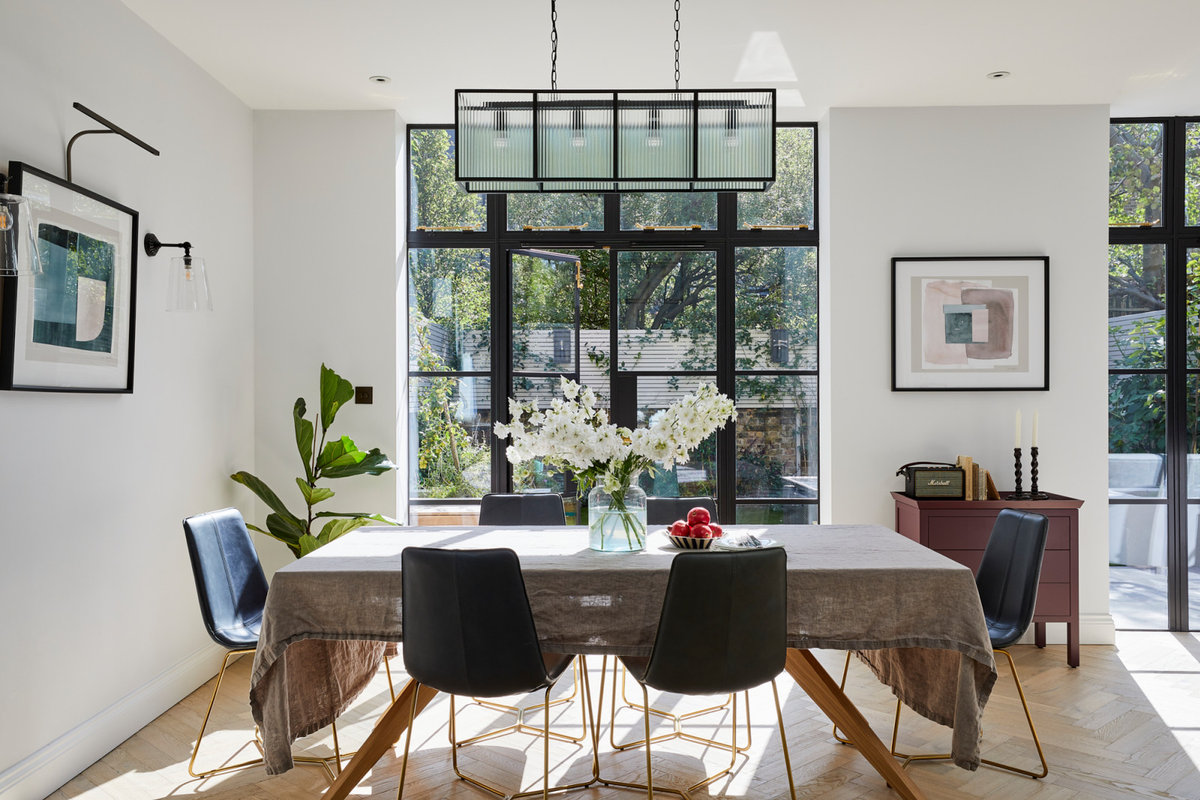3 Must-Know Tips for Those Critical Client Conversations
Smooth out the renovation process while building trust – and your reputation – by following this essential advice

No matter how well you plan, you can’t control every step on the path to completing a design or construction project. Unforeseen weather, delivery delays and employee illnesses are just a few of the inevitable bumps. And how you handle these makes all the difference – not just for your professional reputation and client satisfaction, but for general goodwill and your own peace of mind. Here we’ll share best practices for both setting the stage for success and navigating critical conversations with grace.

1. Actively educate clients.
Use your online presence to lay the groundwork that can help set expectations and avoid miscommunications. Share on your Houzz profile or website essential information about your firm’s core principles, your design or building philosophies and style, and how you approach and handle the design or building process. On social media, post photos, positive reviews and any other material that supports these elements. That way, prospective clients can get a good sense of whether you’re the right fit before they even pick up the phone.
Consider being proactive about reviews too, not just in soliciting them but in asking clients to address specific points in their write-ups. You might ask them to elaborate on how you solved a particular design problem or how they appreciated being kept informed every step of the way, for instance.
When you first meet clients in person, or via video or phone chat, explain the importance of having a detailed contract to ensure that everyone is on the same page. And be honest about any potential issues that may crop up once the project begins. “I’m honest with clients in the sense that before they sign on, they are aware that nothing is guaranteed in terms of timelines, products and materials,” says Charli Junker of design firm Your Space Our Design. “I also give examples of other project delays and standard delays versus COVID delays. The client is definitely aware of this before the project starts.”

2. Get crystal clear on the budget and design.
Clients may tend to underestimate how much products and services cost these days, especially if they’ve never renovated or built anything before, or if it’s been a while. So it’s essential to discuss the budget in detail with clients and put everything in writing. But you can reduce the chances of budget issues even before then by specifying on your Houzz profile and website the typical budget range of your projects.
Once you’ve confirmed that the budget will work for you both, follow up regarding the specific design, an action plan and a timeline, including a payment schedule. And don’t forget to include what would happen if the scope of work changes. Doing this all by email will create a written record you can both refer to later on. It “helps them, and they get excited again for that new date,” says landscape designer Elizabeth Przygoda-Montgomery of Boxhill. “It helps for ease of reference as well,” she adds. “This is usually discussed in multiple ways, but I prefer written documentation in email so that there is no confusion and an easy place to reference.”
Many design and building pros rely on Houzz Pro to handle all project-related messaging, as it stores all communications, documents and client approvals in one place – no sifting through various messaging accounts and types. You can also share photos and files, estimates and 3D floor plans with clients, which they can approve online.
“I tell my clients, ‘There are three key components to any project: time, budget and quality. You can pick two of the three, but I can’t give you all three.’ Everyone inevitably picks budget and quality. This has been a really effective way to set timeline expectations at the beginning of our projects," says Wiley Gilliam of Modern Craft Construction.

3. Run the renovation smoothly.
You’ve already laid the groundwork for minimal misunderstandings with clear communication, and that effort doesn’t end when you begin the project. Start by setting clear boundaries for your clients regarding the best times and ways to communicate with you. If you never respond on weekends and prefer emails over texts, for example, be open about it to avoid frustration for both of you.
Don’t shy away from asking direct questions and sharing information about potential issues. For instance, if a product delivery is delayed, share that info instead of trying to cover it up. That way you and the client can find a solution that works for both of you.
“Honesty is the best policy,” Junker says. “I find that screenshotting emails or forwarding emails directly from suppliers [about delayed deliveries] is best. This shows good faith on my part and builds a sense of trust.”
And for any conversation when something doesn’t go as planned, try to have it face to face or at least over the phone instead of emailing or texting. Body language and tone convey subtleties that might be missed in written communication; you can create more goodwill when the client can see you, and in turn you can also read your client better and respond appropriately in real time.
“I don’t ever send emails when I’m disappointing someone,” Przygoda-Montgomery says. “We make the hard call. We explain what happened. Then, we empathise.”
If you’re dreading that conversation, consider writing out a script so you feel more prepared. But however you approach it, it’s important to be empathetic and attentive, and to use a gentle but firm and confident tone. Validate the client’s feelings instead of trying to defend your actions, choices, suppliers or employees. Ask follow-up questions to emphasise that you’re paying attention and trying to come up with a solution, and share your plan if you have one. Doing so will strengthen the relationship with your client, helping you get a positive result from a negative event.
Bonus tip: schedule the conversation in advance so you’re both in the right frame of mind, rather than catching the client off guard.


